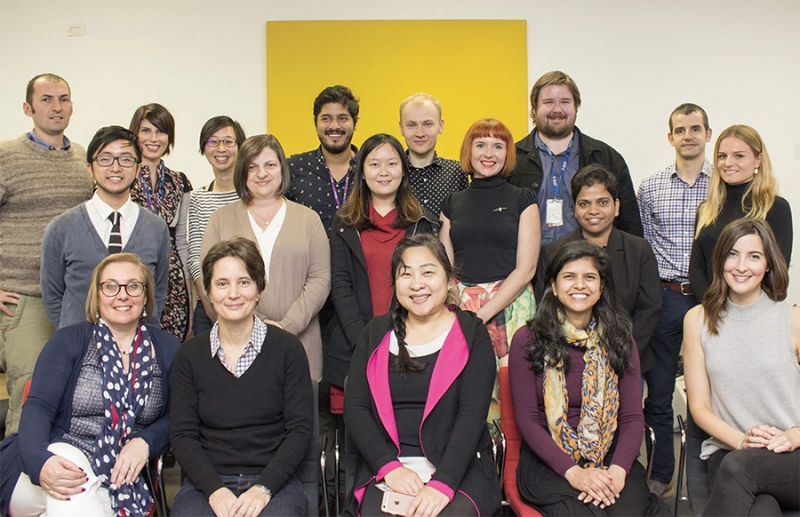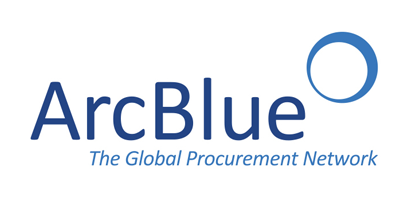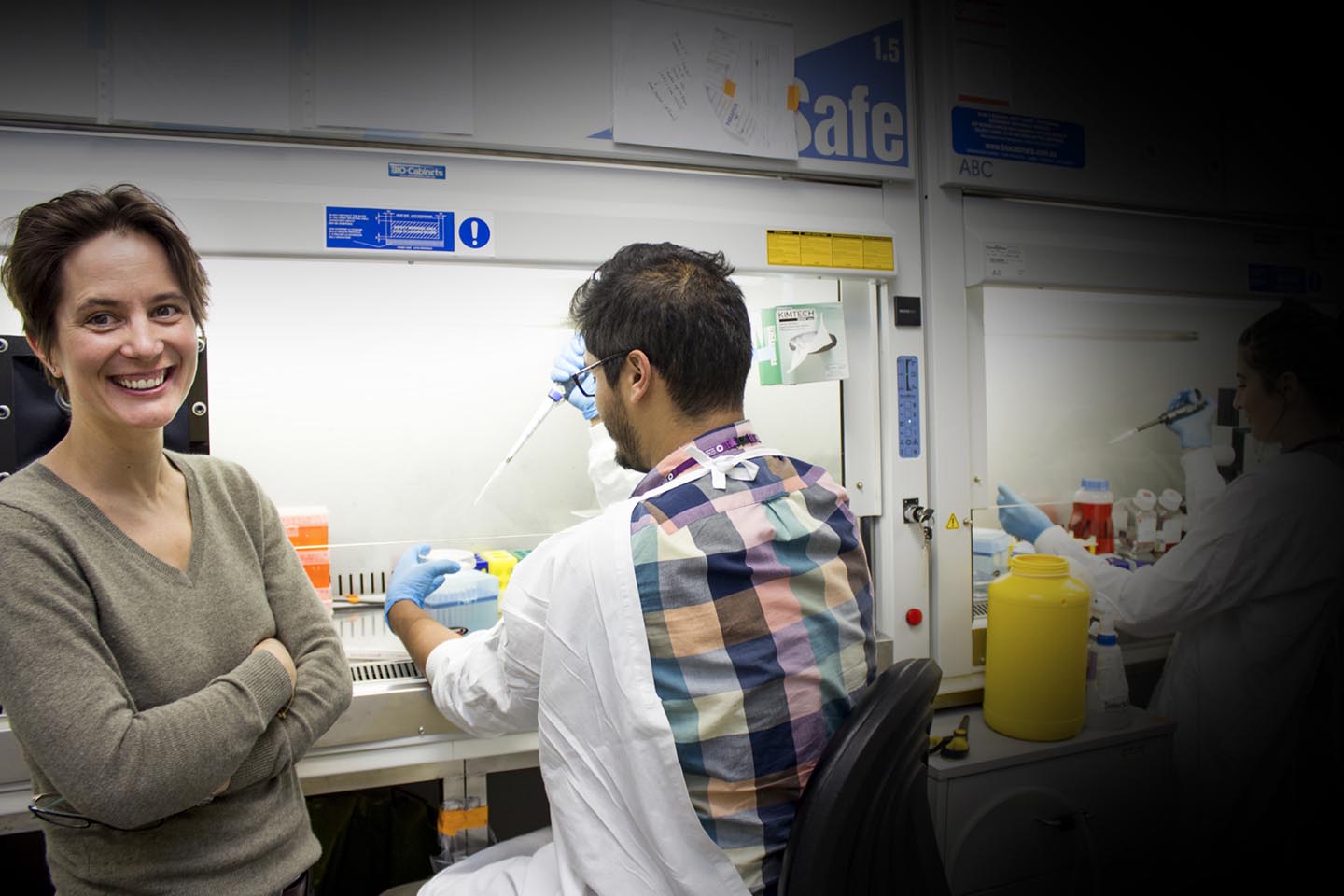
Cutting-edge technology
Progress is being made faster than ever before
Associate Professor's Alice Pebay and Alex Hewitt are leading a research team which uses cutting-edge stem cell technology to determine how eye cells become damaged and lead to blindness. Scientists can use a small skin sample from a person's forearm and turn it into eye cells, allowing us to understand inherited eye diseases, test new drugs and help find a treatment.
A/Prof Hewitt says "Ongoing advances in medical research, be it stem cell, gene therapy or gene editing technology, opens the prospect of dramatically changing the disease natural history for many inherited diseases. We have established Genetic Cures Australia as a collaborative resource to ensure Australian patients they have access to leading gene based therapies and clinical trials"
A/Prof Hewitt is also working on treatments for other eye diseases such as glaucoma and macular degeneration and was ranked as Australia's top medical research fellow and clinician for last year by the National Health and Medical Research Council. Progress is being made faster than ever before and at CERA we are very hopeful of finding a treatment for Harry, Louis and others with inherited eye diseases.
"We are very excited about where our research can take us and help us provide hope to those who experience vision loss" says A/Prof Pebay.
The support of people like you is essential to ensure this fantastic work continues.

NEWS ITEMS
- “Rare As One” Chan - Zuckerberg Initiative awards Usher 1F Collaborative US$450,000 Grant ---------------------------------
- Harry meets our PM Scott Morrison ---------------------------------
- $150 million Federal Government donation to Stem Cells Australia ---------------------------------
- Hollie Feller has been nominated for Australian Victorian of the Year ---------------------------------
- A year’s steady progress ---------------------------------
- PRIME MINISTER ONBOARD ---------------------------------
- Race for a Cure Round The Bay - $20,000 Target Beaten… ---------------------------------
- SBS / The Feed ---------------------------------
- Cycle Around The Bay ---------------------------------
- Harry sparkles in the Australian Women’s Weekly ---------------------------------
- Cutting-edge technology ---------------------------------
- HARRY MEETS THE HAWKS! ---------------------------------
Our Corporate Supporters
Help Us Make A Better World For Our Children
PLEASE DONATE NOWGenetic Cures Australia is a registered Australian Charity with tax deductible status.
All donations over $2 will receive an automatic tax invoice whereby donors may claim GST








